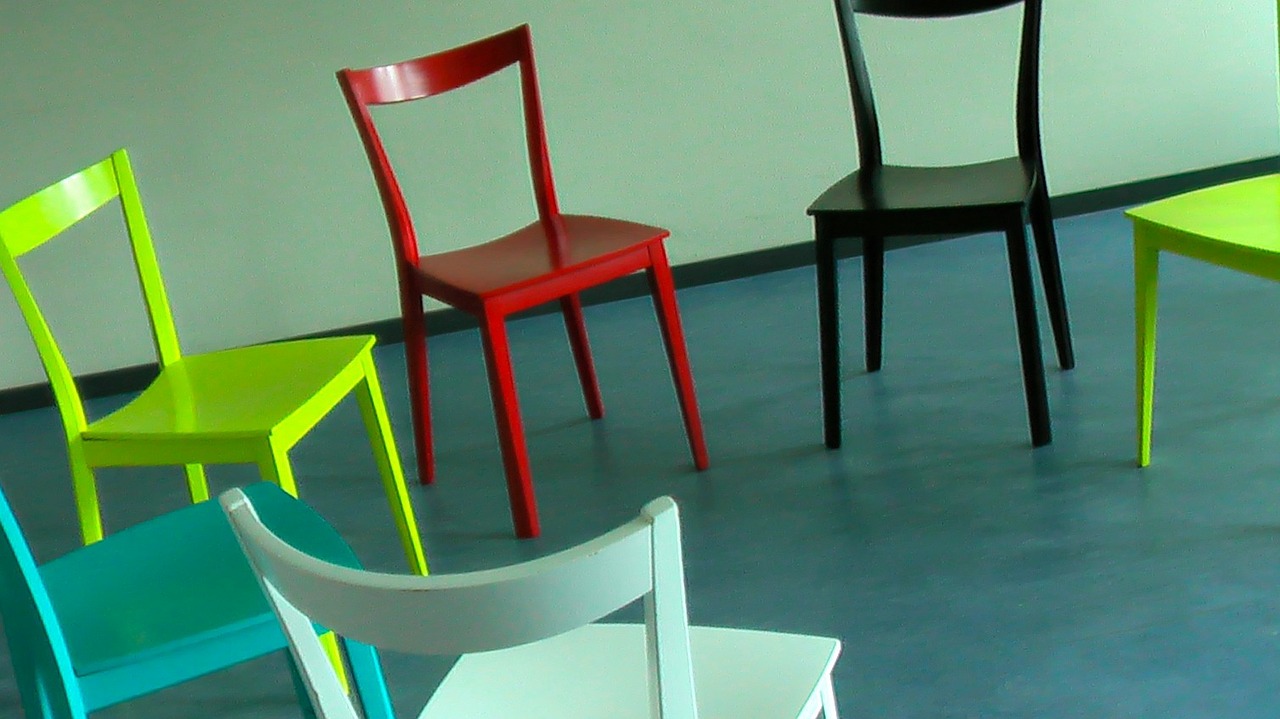
Teachers will have higher levels of student engagement and a better idea of what the students are working on. Redesigning the classroom to allow for flexible seating allows for a change in teaching philosophy and structure. This also allows them to focus on the tasks and cuts down on disciplinary incidents and behaviors. Sensory input will enable students to be less disruptive because they are able to use excess energy. This helps processing information easier. Students with ASD, ADHD, or ADD benefit from this type of seating because it allows them to move freely while focusing on the task at hand.

Sensory Needs Fulfilledįlexible seating stimulates students’ sense of touch. Students can communicate with each other easier and group work assignments become more engaging and interactive. With choosing where they sit, students and teachers have more open communication because choices have to be made. The classroom environment becomes “ours” instead of “the teacher’s.” This switch allows the students to be invested in their education. When students have control of their environment, it becomes more personal and allows for ownership. Studies have shown that students who are able to move around during class are more likely to pay attention and retain information than those who are confined to a desk. When utilizing flexible seating, teachers have less control while students have more control which in turn improves students’ engagement. Learning environments have a direct impact on student’s achievement. Another reason flexible seating is a huge benefit for the classroom environment. The classroom environment needs to be conducive to this type of collaboration as well. This is because students can quickly and easily pair up, work in small groups, and have whole class discussions without moving desks.Ĭollaboration is continuously happening in the world today with the use of social media and Wi-Fi availability. When giving students a choice of how and where they sit in the classroom, collaboration can occur more efficiently. This is a significant benefit because in the world we live in today, collaboration is needed in all working environments. This is a benefit for students because, in the real world, employers want people who can productively work with others and can adapt to change. However, when utilizing flexible seating, allows the students to share both.įlexible seating also allows the students to choose, take turns, and share different locations, supplies, and seating options. When using traditional desks, students may become possessive over their space and supplies.

This means that they are more likely to be comfortable, which can lead to improved focus and concentration, staying on task, and being more productive.Ĭheck out these 2 Brilliant Ways to Get Kids to Sit Still and Focus on Learning. When students are able to choose their own seat, they are also able to find a seating arrangement that works best for them. There is also a link between higher academic performance and more on-task behavior. The physical activity that is associated with a variety of seating arrangements allows students to be more alert and focused. When using flexible seating, the students are allowed to rock, lean, stand, etc., which in turn keeps them more alert because it increases oxygen to the brain.įlexible seating also helps build core strength, burns calories, and increases metabolism. Students need to be able to move around during the school day. Sitting in traditional desks and chairs for long periods of time can lead to poor posture and physical health problems down the road. It also allows them to have a choice in where, how, and with whom they work with which in turn builds higher-order thinking skills. Having a choice in seating allows the students to feel empowered and will enable them to have some control over their environment. This is a significant improvement and the correct direction in education because the goal for all students is to allow them to have a choice in their education. YES! Tell Me More! 9 Flexible Seating Benefits In Educationįlexible seating has been shown to have a variety of benefits for both educators and students.


 0 kommentar(er)
0 kommentar(er)
